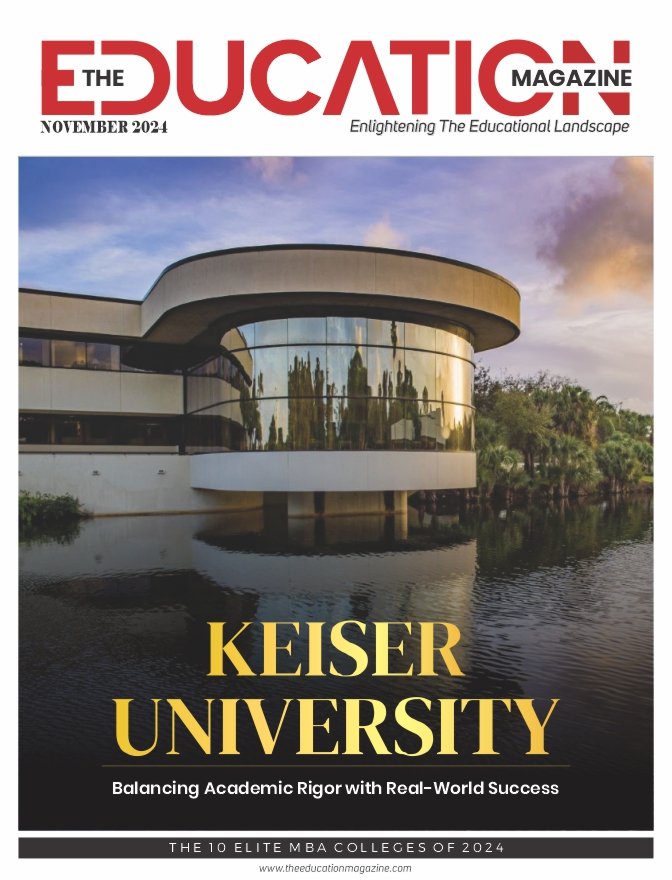Key Highlights:
- The hums are caused by small amounts of gases found in interstellar space
- The sounds were recorded in the form of radio wave signals with narrow bandwidth over a span of 3 years
- Voyager 1’s Plasma Wave Subsystem was engineered to detect these frequencies
Persistent Plasma Waves
The universe is an enigma. There are a lot of cosmic elements which fascinate our knowledge. Every day, scientists and astrophysicists discover something unusual in space that is either strange or amazing. The latest discovery of glacial flow on Mars was very striking. These glacial currents had patterns similar to those found in ice sheets of Antarctica. This discovery hinted towards the possibility of life on Mars and a potential water resource for astronauts.
Eerie Humming of Interstellar Space
Till yet, every spacecraft ever invented had the potential to take measurements inside the heliosphere, the magnetic bubble inflated by the Sun. In August 2012, NASA’s Voyager 1 redefined history by crossing the boundaries of the heliosphere. It became the first manmade object to enter interstellar space and measure it. Fast forward to eight years and the Voyager 1 has gained new insights into the vast interstellar space.
The Voyager 1 has detected faint yet eerie monochromatic hums in the interstellar space. These hums are caused by the constant vibrations of small amounts of gas found in the interstellar space. Termed as ‘Persistent Plasma Waves’, these hummings represent the background noise existing in the vast expanse between the star systems. During Voyager 1’s transverse into interstellar space, these hummings were recorded within a span of three years. They were noted in the form of radio frequencies in a narrow bandwidth.
Stella Koch Ocker, a Cornell University doctoral student in astronomy said, “The persistent plasma waves that we’ve just discovered are far too weak to actually hear with the human ear. If we could hear it, it would sound like a single steady note, playing constantly but changing very slightly over time.” Stella is also the lead author of the study on “Persistent plasma waves in interstellar space detected by Voyager 1 Stella” which was published in the journal Nature Astronomy.

The Interstellar Space
In Layman’s terms, Interstellar space is the space between the star systems of a galaxy. Space is not entirely empty. It can be considered close to an absolute vacuum. During the Big Bang, a lot of elements were produced including Hydrogen (70%) and Helium (28%). The remaining 2% of unknown “element” in the interstellar space is heavier gases and dust. It is composed of other elements made inside stars and spewed into space by supernovae and is very spread out.
The region between the stars, the “interstellar medium,” seems like a silent region with no sounds at all. However, it is not as such. “I have used the phrase ‘the quiescent interstellar medium’ – but you can find lots of places that are not particularly quiescent,” said Jim Cordes, a space physicist at Cornell and co-author of the paper.
The interstellar medium is full of turbulent waves like oceans. The largest wave is caused by the galaxy’s rotation, as space smears against itself and sets forth undulations tens of light-years across. Smaller waves generate from supernova blasts that stretch billions of miles. The smallest ripples are caused by the Sun’s solar eruptions.
These waves imply the density of the interstellar medium. As they resonate through space, the electrons around them vibrate and produce characteristic frequencies. The higher the pitch of the frequency, the higher the electron density. Voyager 1’s Plasma Wave Subsystem was engineered to detect these frequencies. The Voyager 1 had two “bunny ear” like antennas that protruded 30 feet behind the spacecraft.
Also Read:- New Space Race for the Moon Intensifying










